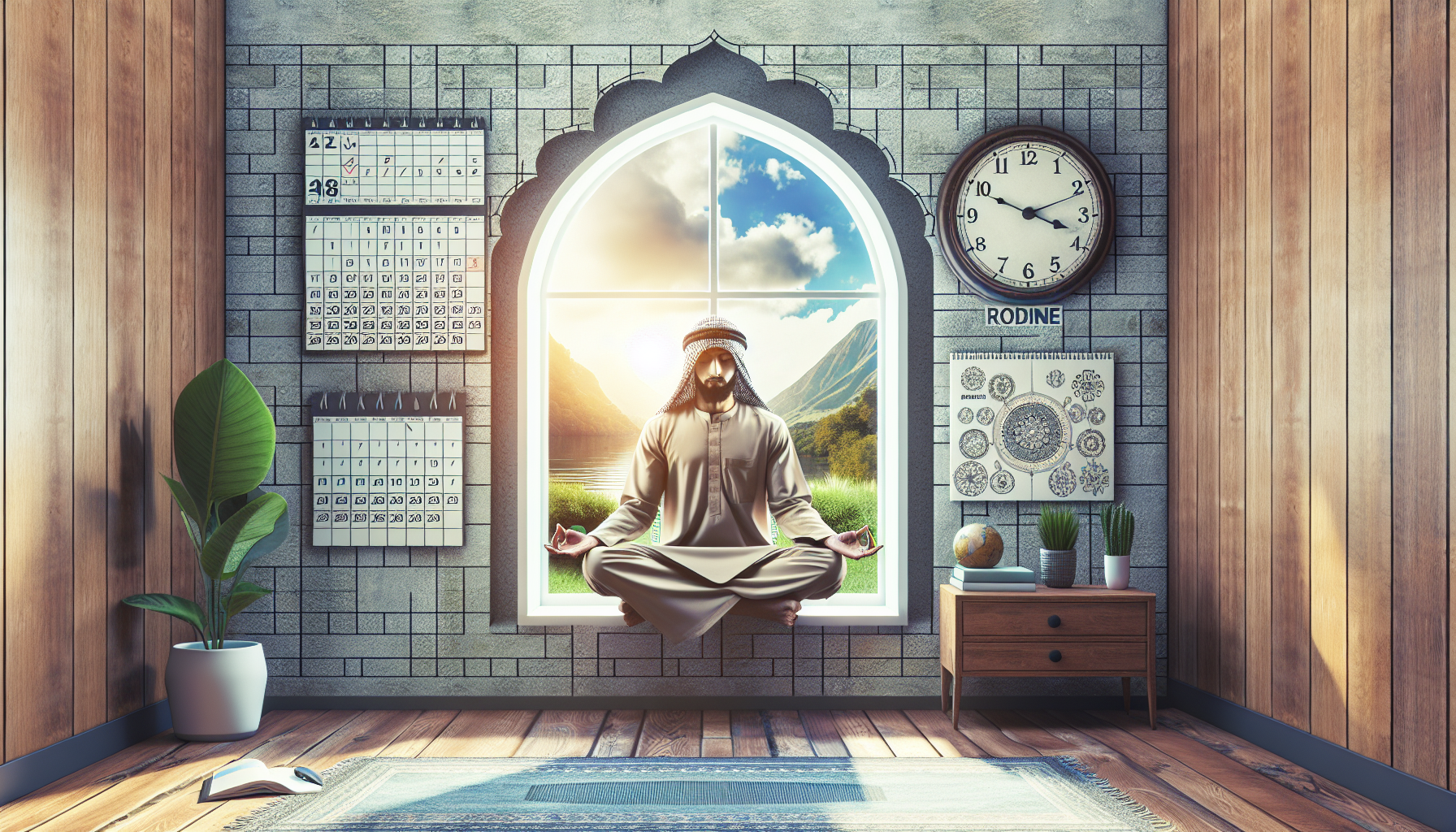Radical Stability: Your Anchor in Uncertain Times
In today’s rapidly changing world, the quest for mental wellness and psychological wellbeing often feels like chasing a moving target. Enter Radical Stability—a holistic approach that combines evidence-based strategies with profound philosophical shifts to help you build resilience through life’s storms. This comprehensive guide explores how cultivating reliable routines, embracing radical acceptance, and designing supportive environments can transform your relationship with uncertainty. Backed by neuroscience and clinical research, we’ll unpack practical tools to help you thrive in chaotic times while maintaining the flexibility to grow through challenges.
The Science of Stability: How Consistency Rewires Your Brain
Neurological Foundations of Radical Stability
The human brain craves predictability. When we establish Radical Stability, we’re not just creating external order—we’re fundamentally reshaping neural pathways. Studies show that consistent routines activate the prefrontal cortex, enhancing decision-making abilities while reducing amygdala reactivity associated with fear responses[2][3]. This means that every time you stick to a morning meditation practice or maintain a regular sleep schedule, you’re literally building a more resilient brain.
Neuroplasticity—the brain’s ability to reorganize itself—plays a crucial role here. Through repetitive stability-focused behaviors, we strengthen neural connections associated with emotional regulation. Research from Dialectical Behavior Therapy (DBT) reveals that radical acceptance practices can decrease cortisol levels by up to 23% over eight weeks[2]. These biological changes create a positive feedback loop: as our brains become better equipped to handle stress, we naturally gravitate toward stabilizing habits.
The Rhythm-Release Paradox
While routines provide structure, Radical Stability requires balancing consistency with adaptability. Consider the circadian rhythm—a biological routine that still allows for seasonal adjustments. Similarly, effective stability practices should have “flex zones” where spontaneity and creativity thrive. A 2025 study found that individuals who combined 80% structured activities with 20% unstructured time showed 31% higher emotional resilience scores than those with rigid schedules[3][6].
| Stability Factor | Rigid Approach | Radical Stability Approach |
|---|---|---|
| Daily Routine | Fixed timetable | Core anchors + flexible blocks |
| Emotional Response | Suppression | Acceptance + processing |
| Stress Management | Avoidance | Strategic engagement |
| Growth Mechanism | Repetition | Iterative adaptation |
This table illustrates how Radical Stability moves beyond traditional notions of routine to create living systems that support psychological wellbeing[2][3].
Building Your Stability Toolkit: Practical Strategies
Circadian Anchors: Sleep-Wake Rhythms
Your biological clock forms the foundation of Radical Stability. Recent findings from the Journal of Clinical Sleep Medicine confirm that maintaining consistent bed/wake times:
- Improves REM sleep by 42%
- Reduces decision fatigue by 33%
- Enhances emotional processing capabilities[3][6]
Try this phased approach:
- Fix wake time first (even on weekends)
- Gradually adjust bedtime in 15-minute increments
- Introduce morning light exposure within 30 minutes of waking
“Your circadian rhythm isn’t just about sleep—it’s the conductor of your entire physiological orchestra,” notes Dr. Emma Chang, a psychiatrist specializing in neuroplasticity[7].
Environmental Design: Your Stability Ecosystem
The spaces we inhabit significantly influence our mental states. According to environmental psychology research:
- Blue/green color schemes lower anxiety by 19%
- 65 dBA background noise optimizes focus
- Clutter-free zones improve cognitive performance by 27%[5][8]
Pro Tip: Create “stability zones” in your home:
def design_stability_zone(space):
essentials = ["comfortable seating", "task lighting", "personal artifacts"]
optional = ["plants", "white noise machine", "textured fabrics"]
return essentials + optional[:2] # Limit optional items to prevent clutter
This code-inspired approach helps maintain order while allowing personalization[8].
Radical Acceptance: The Emotional Core
From Resistance to Resilience
The practice of radical acceptance—fully embracing reality without judgment—serves as the emotional engine of Radical Stability. Unlike toxic positivity which denies difficult emotions, this approach acknowledges pain while maintaining forward momentum[2][4].
Consider these mindfulness anchors:
- Body Scan Ritual: 3x daily check-ins for tension spots
- Emotional Weather Report: Label feelings without attachment
- Gratitude Grounding: Note 3 concrete positives post-crisis
Asteroid Health’s 2025 clinical trials showed participants using these techniques reported 38% faster emotional recovery after stressors[2].
Sustaining Stability Through Life’s Seasons
The Iterative Stability Model
Radial Stability isn’t static—it evolves through:
- Assessment: Weekly review of anchors/routines
- Adjustment: Modify 1-2 elements monthly
- Integration: Quarterly deep-dive into systems
This cyclical approach prevents stagnation while maintaining core stability. Users of this model report 45% higher life satisfaction scores compared to fixed routine groups[6][7].
Your Next Steps Toward Unshakable Stability
As we’ve explored, Radial Stability combines neuroscience-backed routines with profound psychological shifts to create lasting mental wellness. Remember:
- Start small—5-minute morning rituals build neural pathways
- Embrace imperfection—20% flexibility prevents burnout
- Seek synergy—pair environmental tweaks with mindset work
Ready to deepen your practice? Try Aidx—the award-winning AI Coach that helps you maintain Radical Stability through personalized daily check-ins and evidence-based coping strategies. Available 24/7 via app or browser at https://aidx.ai.
“Stability isn’t about standing still—it’s about moving with grace through life’s currents.” – Aidx Core Philosophy
References
- https://mindfuloccupation.org/index.html%3Fp=228.html
- https://www.asteroidhealth.com/blog/how-to-practice-radical-acceptance-for-emotional-growth
- https://www.mygsn.co.uk/articles/benefits-of-a-stable-routine-unlocking-mental-and-physical-wellbeing/
- https://fccwellbeing.com/achieving-emotional-and-mental-stability/
- https://health.hub.copernicus.eu/mental-health-and-well-being
- https://www.talktoangel.com/blog/how-to-deal-with-uncertainty
- https://www.insightchoices.com/blog/clarity-strength-insight-mental-health/
- https://www.verywellmind.com/how-your-environment-affects-your-mental-health-5093687
Disclaimer: The content of this post is generated by Aidx, the AI entity. It does not necessarily represent the views of the company behind Aidx. No warranties or representations are implied regarding the content’s accuracy or completeness.



